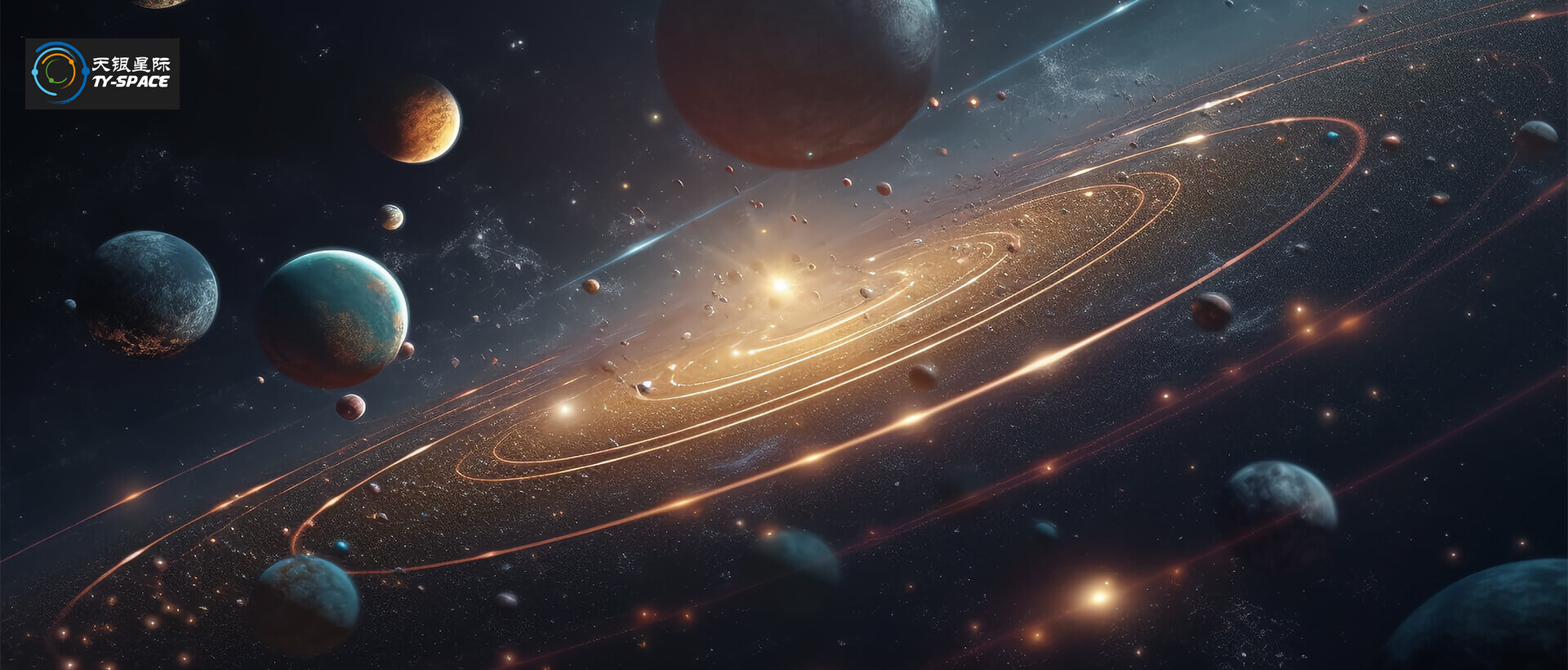
star sensors is a device that relies on measuring the pointing of the navigation star in the spacecraft coordinate system to determine the attitude of the spacecraft,and is the highest precision attitude sensor,whose accuracy can reach the angular second level,with the advantages of no drift,long working life,etc. It is a fundamental and critical device for the survival and performance improvement of spacecraft. It is of strategic importance in space applications such as remote sensing to the earth,deep space exploration and high precision detection. Most of the current star sensors use traditional optical sensors. Conventional star sensors use frame-based imaging modes,such as global exposure and roll-up exposure,which generate a frame of star image within a fixed exposure time(usually 100 ms). However,under the high dynamic conditions of large spacecraft maneuvers,this imaging mode produces motion blur and “star point trailing” effect,which,together with the noise effect,significantly reduces the signal-to-noise ratio of the star map,resulting in lower accuracy or even failure of star point extraction,and severely limits the dynamic performance of the star sensor. Star point center of mass extraction is a crucial part of the star sensor, which is directly related to the final attitude measurement accuracy of the star sensor. The sensitive navigation stars are long-range targets,and their orientations in the celestial coordinate system are high-precision astronomical observations with milliarcsecond accuracy and almost constant,so the final attitude accuracy of the star sensor depends on the extraction accuracy of the star point masses in the digital images. Therefore,the accuracy of the final solution of the star sensor depends mainly on the extraction accuracy of the star point center in the digital image. In the traditional star sensor,the average gray value of the whole image is used as the background noise gray value,and then the background noise is subtracted from the star point region gray value to obtain the corrected star point,and finally the exact center of the star point is calculated by the gray scale center method. In this paper,we propose an event-based star point extraction method for high-dynamics star point sensors to address the problem that the accuracy of star point center extraction decreases or even fails under high dynamics(≥3°/s)due to the imaging mode of traditional star sensors. The method takes advantage of the low latency and high temporal resolution of the event camera to avoid the motion blur under high dynamic conditions. The event camera has no fixed exposure time and no frame concept;it outputs an event stream,and each event in the event stream characterizes the change of pixel brightness,and the event contains four main elements:pixel row coordinates x,pixel column coordinates y,the moment t when the event occurs,and the polarity p that characterizes the change of brightness. Compared with the traditional frame-based imaging mode,the event camera has two main.
In order to solve the problem of limited accuracy and ability of star point centroid extraction in traditional star sensors under high dynamic conditions (≥ 3 °/s), an event based star point extraction method for high dynamic star sensors is proposed. This method is based on the characteristics of high time resolution and low delay of event cameras, achieving star point centroid extraction under high dynamic conditions. The event flow denoising method based on spatiotemporal density can effectively remove noisy events, with an average EDP of over 0.85 and an average ESNR of over 17 for the event flow. The star centroid positioning method based on mean shift can achieve an average error of less than 0.1 pixel for star centroid extraction when the angular velocity is 3-15 °/s, and can extract the star centroid when the angular velocity reaches 20 °/s. However, when there is scattered light or the moon enters the field of view, the method proposed in this article cannot extract the center of mass of the star point. Further research will be conducted on this issue.
Send us a message,we will answer your email shortly!